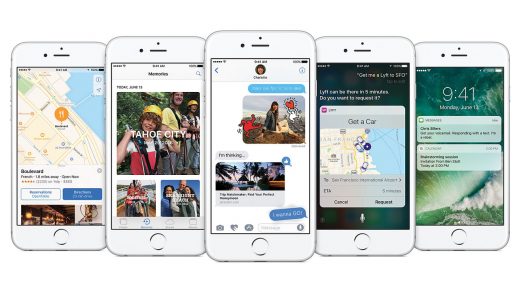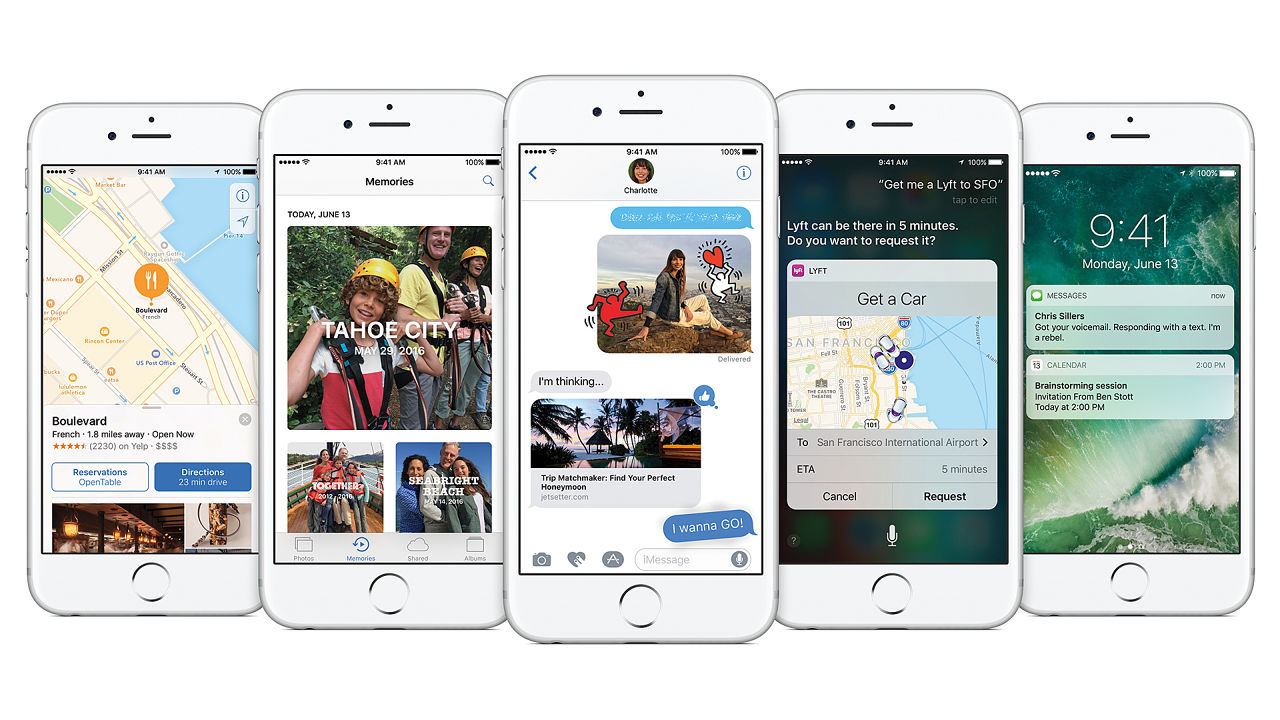Apple Is Building An Uberplatform Out Of All Its Platforms
Apple CEO Tim Cook opened up the company’s WWDC week by noting that his keynote would focus on the company’s four device platforms: Apple Watch, Mac, iPhone/iPad, and TV. The operating systems that power these products have been the foundation of Apple’s enviable technology ecosystem—its collection of hardware, software, and services that complement each other and enhance the value of the aggregate even more than each component.
Microsoft has finally brought the same version of Windows to desktop and phone, and Google has allowed Android apps to invade Chrome OS. By contrast, Apple remains committed to a unique user experience on each of its devices. It has, for example, refused to bring touch screens to the Mac or allow iOS apps to run on the Mac. But while the company has eschewed a “monoplatform,” it is now building upon its reach across a broad range of device types to create something greater than a mere OS ecosystem. In large part, WWDC was about the “uberplatform” that sits above the device-specific platforms.
First, there was an update to Continuity, the loosely defined Mac-iPhone pairing initiative that has included such nifty tricks as automatically initiating hotspot tethering and allowing documents created on one platform to seamlessly transfer to another. With the upcoming versions of macOS and iOS, Apple will extend this to the most basic exercise of being able to copy something on the Mac or iPhone and paste it on the other device. It will also bring iOS’s automatic app downloading to tvOS: If you acquire an app for the iPad, it’ll show up on the Apple TV.
But these were baby steps compared to allowing third-party developers to plug into Siri, which has already leaped from iOS to tvOS and is also coming to the next major version of macOS. Siri is inherently cloud-connected, spanning multiple devices. With Alexa, Amazon has already shown how such agents can bridge diverse gadgets such as its own Amazon Echo and FireTV, as well as third-party devices. Unlike the voice-only “skills” that Alexa has acquired, Siri is built to use both voice and a screen, and can provide a more media-rich response. This should have particular value for Apple’s Car-Play in-vehicle system, and combined with a more open Maps experience, it should go a long way toward creating a less distracted user experience.
Siri wasn’t the only example of the company integrating intelligent services into its uberplatform. The next version of macOS will have the option of automatically moving older files to iCloud to preserve local space. Such technology would be a natural for what seems like perpetually space-starved iPhones, in which case Apple would take a cue from the Android-based Nextbit Robin.
The AI/Privacy Tightrope
Apple has also set rules for itself across the uberplatform. Particularly as the company has more opportunity to learn about behavior such as the TV shows you watch, where you drive, and even your daily health, it has committed to adopting a technology dubbed “differential privacy” that walks the line behind using artificial intelligence learnings to provide helpful assistance, and creating profiles that would allow Apple to target individual users.
For the most part, Apple has ventured into building these kinds of cross-device, cross-service experiences only after creating satisfying individual device experiences. The company still has work to do on the Apple Watch, but with the upcoming watchOS 3, it will overhaul the device’s app management and dramatically speed up app launch time. In an extension of the Continuity concept, the Apple Watch will serve as an authentication device to unlock Macs running MacOS Sierra. And as the smart timepiece grows in popularity, you can be sure that it will increasingly serve as a conduit to and from the digital lattice that is weaving together all things Apple.
More News From Apple’s WWDC 2016
- A Chat With The Youngest App Developer At WWDC
- WWDC Proved Apple Is Serious About Making The Apple Watch Super Personal
- Apple’s 7 Most Immediately Useful New OS Features
- Apple Wants China To Know Apple Loves China
- Highlights From Apple’s WWDC 2016 Keynote
- Here’s What Apple Is Bringing To The Apple TV
- Here Are Apple TV’s Biggest Challenges At WWDC And Beyond
The history of Apple in under 3 minutes
Fast Company , Read Full Story
(22)



